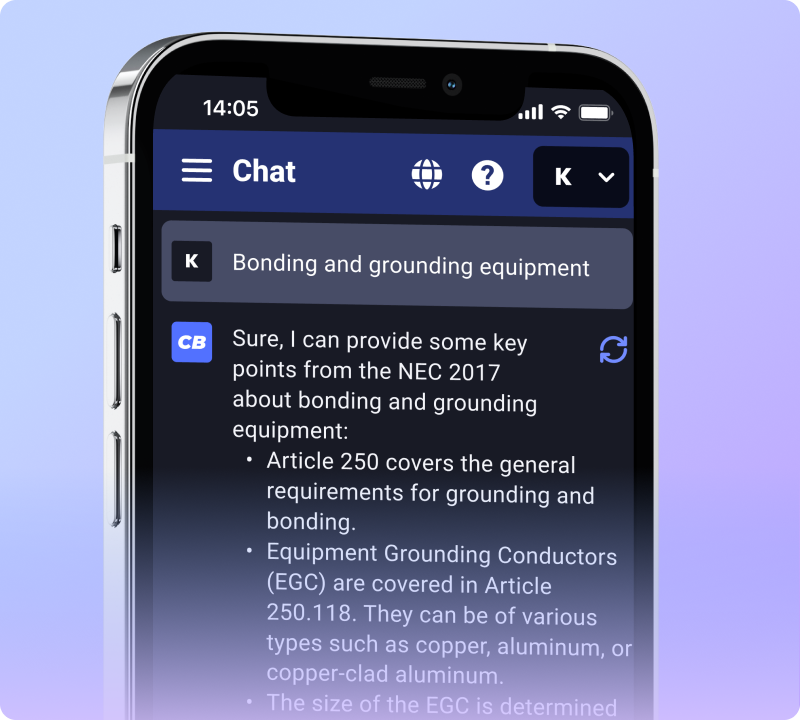The unique challenges of crawl spaces — dampness, limited access, and potential pest issues — make understanding and adhering to electrical code guidelines crucial for safety. This article delves into the key aspects of the National Electrical Code (NEC) relevant to wiring in crawl spaces, aiming to clarify these often-overlooked but vital considerations.
Why Crawl Space Wiring is Unique
Core Electrical Code Guidelines for Crawl Spaces
Access and Protection (NEC Article 334): Non-metallic sheathed cable (Type NM) is allowed in crawl spaces. However, if accessible, cables must be protected against physical damage.
Securing and Supporting (NEC Article 334): NM cables need to be secured to framing or support structures, with supports every 4.5 feet and within 12 inches of cable entries into boxes or fittings.
Moisture Considerations: For moisture-prone crawl spaces, use wiring suitable for wet conditions, such as UF cable, or consider a conduit system.
Ground Clearance (NEC Article 334.15(C)): Maintain at least 18 inches of clearance from the ground to the cable, unless the crawl space is dry and not prone to flooding.
Conduit Systems: If using a conduit system (EMT, PVC, RMC), ensure it meets NEC Articles 358 (EMT), 352 (PVC), and 344 (RMC).
Junction Boxes (NEC Article 314): Connections must be made in accessible junction boxes for maintenance purposes.
GFCI Protection (NEC Article 210.8(A)(4)): Outlets in crawl spaces require GFCI protection.
Safety Tips for Electrical Work in Crawl Spaces
- Proper Attire: Wear protective clothing, gloves, an N94 mask, and safety glasses.
- Ventilation: Ensure proper ventilation to mitigate the presence of harmful gases.
- Stay Informed: Keep abreast of NEC updates and technological advancements.
Conclusion
Adhering to NEC guidelines ensures that electrical installations in crawl spaces are safe and durable. Always prioritize safety, quality, and compliance with current codes.


